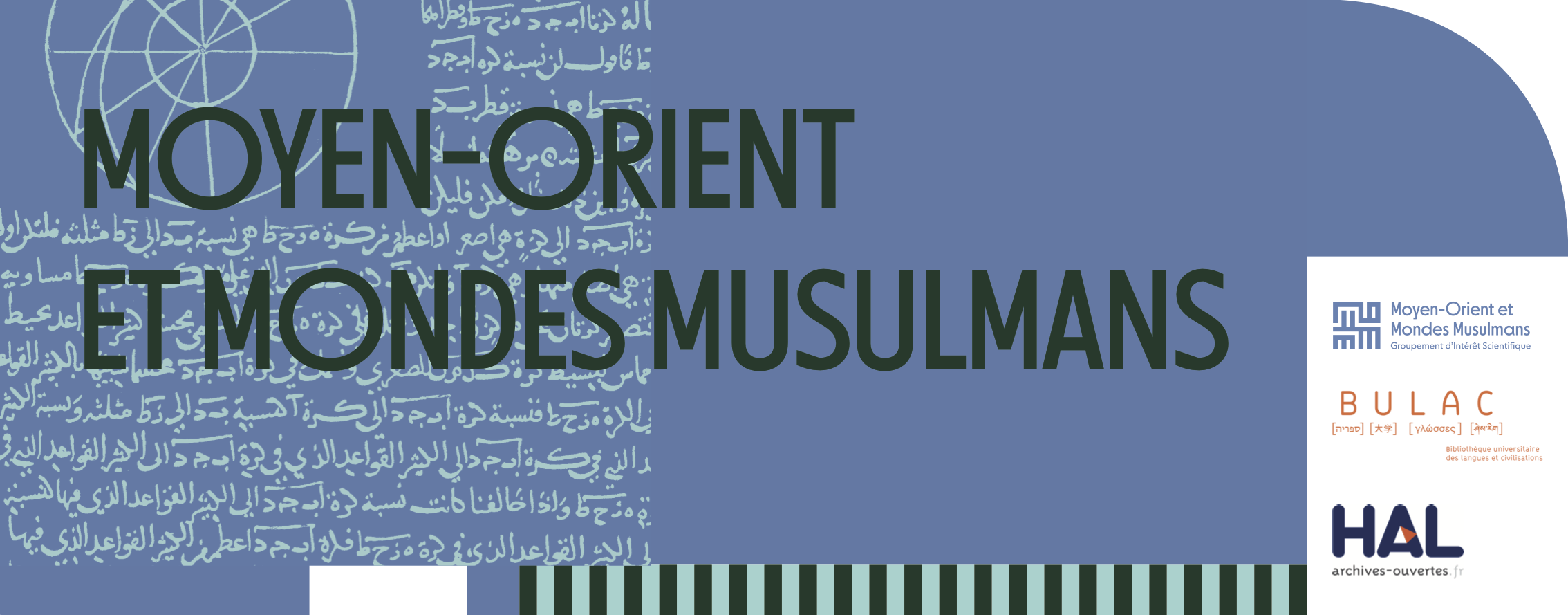Evidence of glass bead‐making in the early Islamic Iberian Peninsula
Résumé
Glass beads from two Islamic archaeological sites in the Tagus valley in central Spain were selected and analysed by laser ablation inductively coupled plasma mass spectrometry (LA‐ICP‐MS), and a subset of samples ( n = 6) was analysed for Pb isotopes by multicollector thermal ionization mass spectrometry (MC‐TIMS). The analytical and isotopic data of the beads from Ciudad de Vascos (Toledo) and Albalat (Cáceres) demonstrate beyond reasonable doubt that glass beads were produced in the Iberian Peninsula during the Islamic period using local Pb‐silica and soda‐rich plant‐ash glass. The bead workshops in al‐Andalus were evidently part of an efficient system of glass collection and recycling, and used only relatively simple bead‐making techniques such as winding and folding. At present it is unclear to what extent the Islamic bead‐makers in the Iberian Peninsula were involved in the international trade in glass beads or whether their products were mainly destined for a regional market. Despite local production, some samples show compositional and typological features that suggest the import of finished glass beads, perhaps from Central Asia.
Domaines
Archéologie et Préhistoire
Fichier principal
 Archaeometry - 2024 - Boschetti - Evidence of glass bead‐making in the early Islamic Iberian Peninsula.pdf (2.23 Mo)
Télécharger le fichier
Archaeometry - 2024 - Boschetti - Evidence of glass bead‐making in the early Islamic Iberian Peninsula.pdf (2.23 Mo)
Télécharger le fichier
| Origine | Publication financée par une institution |
|---|---|
| licence |



